Green Science And Technology
Together for A sustainable future
What is Sustainable Farming?
- Sustainable farming or, in a broader term, Sustainable agriculture is the use of farming practices thinking about the ecological cycles. It is likewise touchy toward the microorganisms and their equations with the surroundings at large. In easier terms, sustainable farming is farming ecologically via way of means of selling techniques and practices which might be economically viable, environmentally sound and guard public health.
- Our environment, and subsequently, our ecology have grow to be a place of challenge for us over the previous few decades. This has an increasing number of led us to contemplate, innovate and hire change strategies or smaller tasks to shop our ecology.
- One such initiative is sustainable farming. It actually manner the manufacturing of food, vegetation and animal merchandise the usage of farming strategies that show to be useful for public fitness and sell financial profitability. It attracts and learns from natural farming.
- Apart from the traditional benefits of farming, sustainable farming or sustainable agriculture assists farmers in innovating and employing recycling methods. Crop waste or animal manure are excellent examples of recycling in sustainable agriculture. Fertilizers made from the same can be used to help enrich the soil.
- Another technique that may be hired is crop rotation. This allows the soil keep its vitamins and continues the soil wealthy and potent. Collection of rainwater through channeling after which its usage for irrigation is likewise a great instance of sustainable farming practices.
Benefits of Sustainable Farming
- Environment Preservation
- Economic Profitability
- Most efficient use of non-renewable resources
- Protection of Public Health
- Social and Economic Equity
Sustainable Farming Methods or Practices
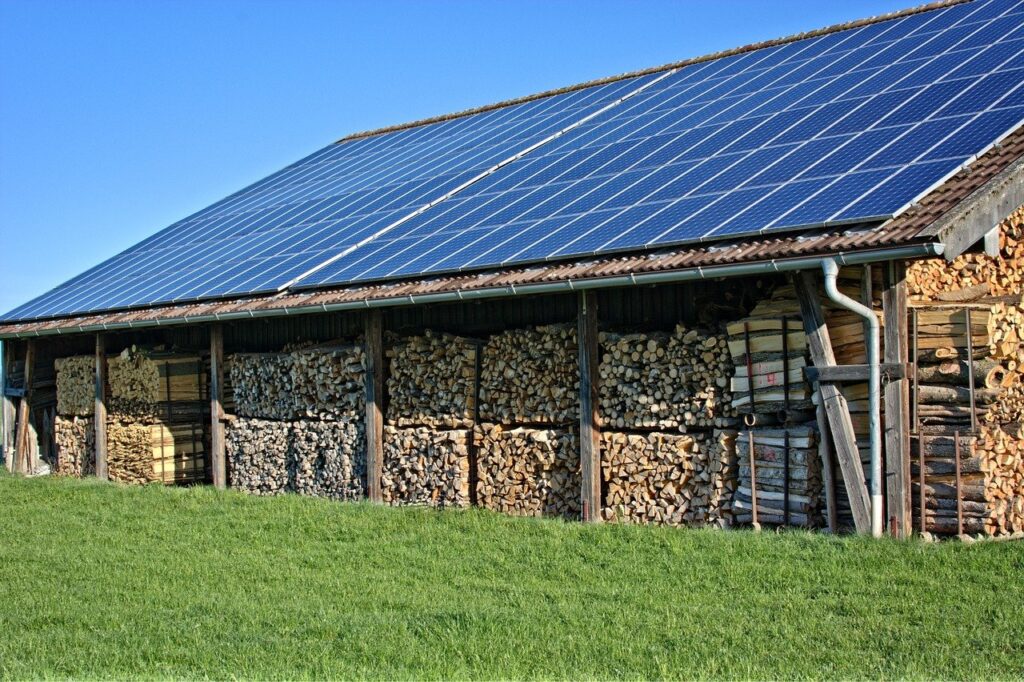
Utilize renewable energy sources.
- The use of change reassets of power is the first and most important exercise. The use of solar power, hydropower, or wind turbines is environmentally friendly. Farmers can use solar panels to store solar energy and use it for electric fencing, pump walking, and heating walking.
IPM stands for "integrated pest management."
- Integrated pest management is a collection of pest management techniques for detecting and analysing pests in their early stages. It’s also important to understand that not all pests are harmful, so it’s better to let them coexist with the crop rather than spend money eradicating them.
- When you want to get rid of specific pests quickly, targeted spraying is a good option. This not only allows you to spray pests in specific areas, but it also protects the natural world from being harmed.
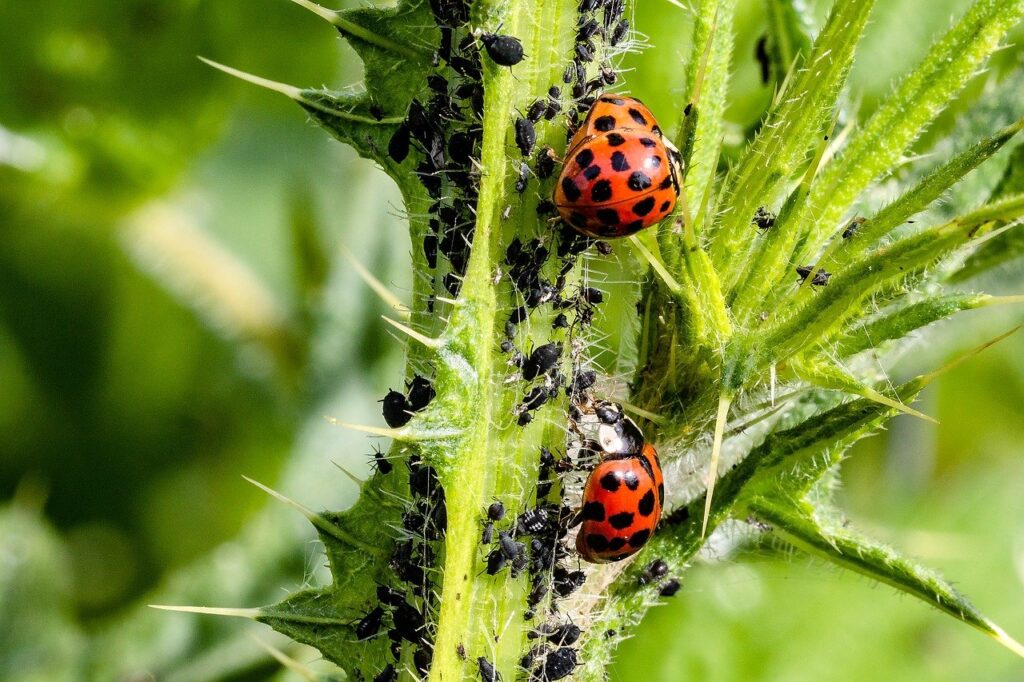
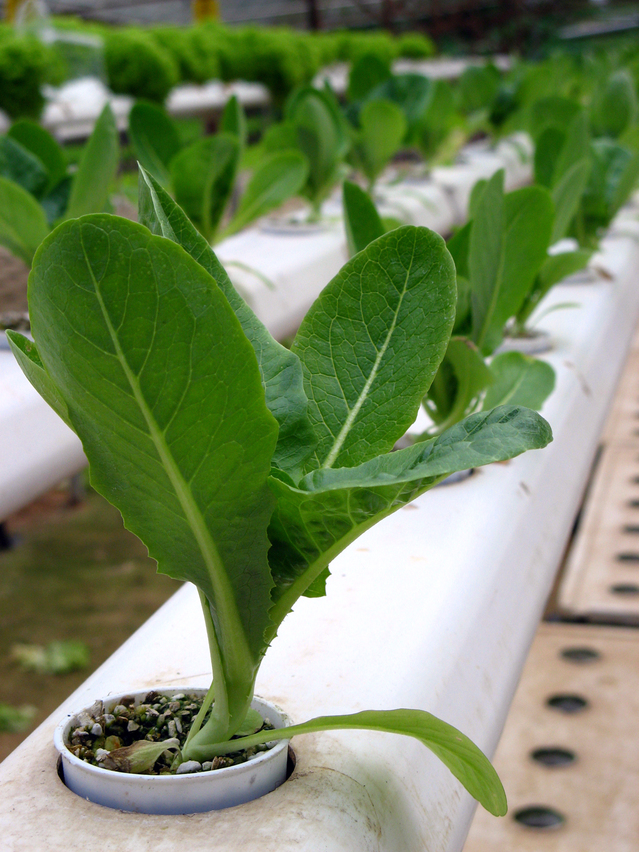
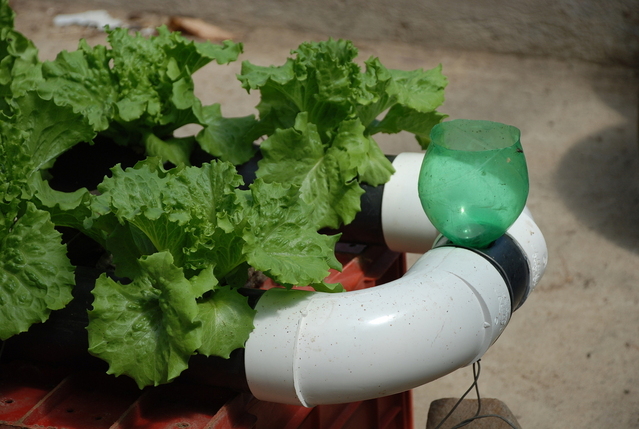
Hydroponics and Aquaponics
- In hydroponic structures, vegetation are grown with the roots without delay in a mineral solution or with the roots in an inert medium like gravel or perlite. Aquaponics combines the elevating of aquatic animals (including fish) with the developing of hydroponic vegetation.
- The water containing nutrients because of the mineralization of the waste material from the aquaculture fish is used to nourish the hydroponic flora. After the flora use the water, the water receives purified after which re-circulated returned into the device to be reused through the fish.
- Both hydroponic and aquaponic structures are to be had in plenty of scales, from small home-scale structures to commercial-scale structures.
Permaculture
- Permaculture is a food production system with intention, design, and clever farming to lessen waste of resources and create improved manufacturing efficiency. The awareness is on using perennial vegetation which include fruit trees, nut trees, and shrubs that every one feature collectively in a designed gadget that mimics how flora in a herbal atmosphere could feature.
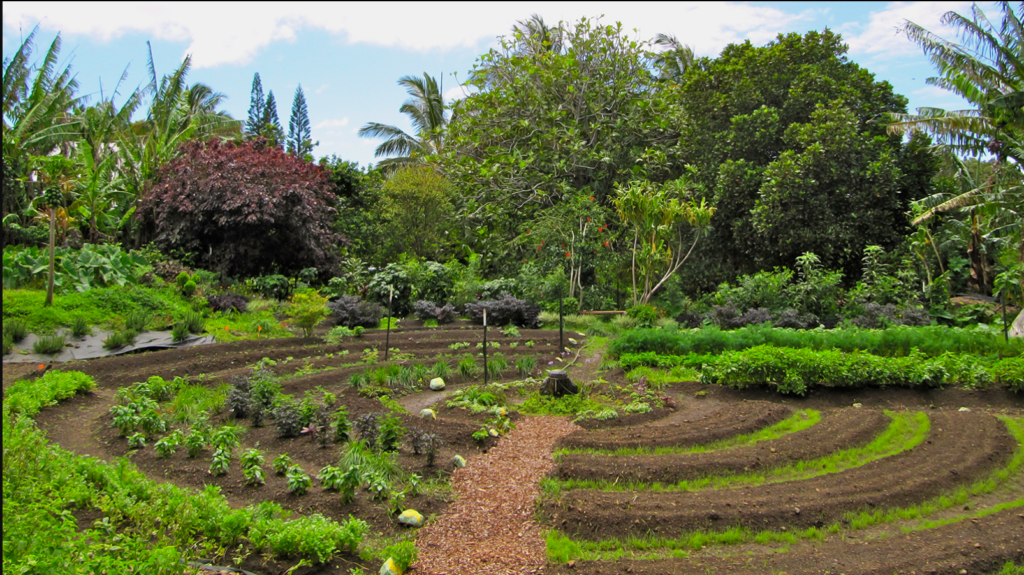

Biodynamic Farming
- In biodynamic farming, the excessive biodiversity of plants, animals and useful bugs assist refill soil fertility and enhance plant growth to create a resilient surroundings and guide every other’s health.
- Biodynamics focus on producing the essential fitness and soil fertility for meals manufacturing onsite via the implementation of practices including composting, utility of animal manure from farmed animals, cover cropping or rotating complementary crops.
The 3R - Reduce, Recycle, Reuse
The ‘Three Rs’ of recycling refers to Reduce, Reuse and Recycle. All three words refer to ways to reduce the amount of materials we use, the amount of Earth’s resources we use, the amount of energy we use, and the amount of waste we generate in our daily lives.
Reduce
Reduce is first on the list because it is the most effective and relevant way to reduce your environmental impact. It means that you make an effort to minimise the amount of materials you use as well as the services you use, such as gasoline and water.
- By avoiding the purchase and use of single-use items such as straws, plastic cups, and drinks sold in plastic bottles that are used once and then discarded.
- By not purchasing items that you do not need, such as only replacing items that are no longer usable or repairable.
- You can also lessen your environmental impact by refusing to purchase items with unnecessary packaging, such as chocolates in plastic boxes or items sold in an overly large container.
Reuse
If you have an item that you can no longer use or simply do not want, but it is still in perfect working order, you should try to find a way to keep it from being thrown away.
- Transform the item into something entirely different. Upcycling is a term used to describe this process.
- Give it to a friend who is in need of it.
- If you do need to buy something, see if you can get it used, borrow it from someone, or rent it instead of buying it new.
Recycle
Processing these materials also takes time, energy, and money, so an item should only be sent for recycling if it can’t be reused or repaired in any other way. It is the last term on the list because it is the least helpful of the three ways to reduce your environmental impact, but it is still better than dumping waste in landfills.
- Plastics can be melted down and repurposed to create new products.
- Waste paper can be pulped and recycled to create new paper.
- Textiles such as clothes and bedding that are in such bad shape that they can't be worn or repaired can be recycled into cleaning rags or used to fill furniture.
